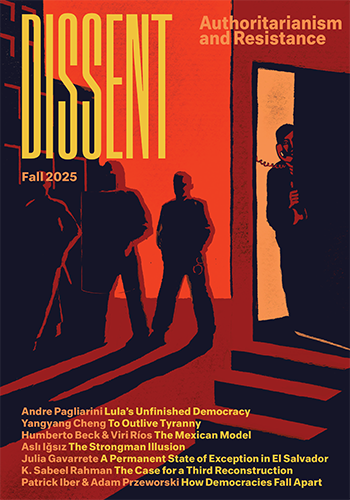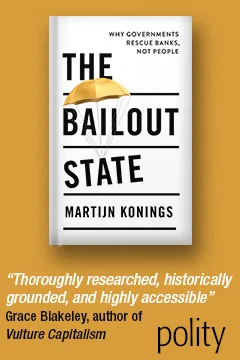Documentary Now
Documentary Now
Whether on stage or “live,” whatever the exact degree of contrivance, documentaries stake everything on their appeal to reality. The documentary sets out in search of the real world—to show us real lives, to give those lives a sudden and final importance—and what makes Eisenstein (for example) so disappointing is that he never really tries to find it. Instead of the sensitive detail, the caught inflection of a face, there is the grand imposing spectacle filtered through montage. With Eisenstein the documentary serves artifice at one extreme and Realpolitik at the other (scrambling to delete all mention of Trotsky from Ten Days That Shook the World), though Realpolitik may itself be a higher end—dialectically speaking. His pictures all want lurid coloring; they create an objective viewer because of their artificiality, not their truth.
We cannot imagine the documentary film— with its grainy reality, unwinding the truth 24 times a second—in anything except black and white. Yet Eistenstein seems always about to burst those bounds. He would rather be picturesque than grainy, and the splendor of his method is a kind of fake elegance. The sharecropper children in a Walker Evans photograph are tragic in black and white, for they gaze up with terribly and immediately individual faces. No such difficulty attends the creatures of Eisenstein, in the Odessa Steps sequence of Potemkin, let us say. Why not have a pink baby in that carriage? This universal infant cries out for solidity of pinkness, and with the perambulator careering down the steps, burdened under the awful weight of history, the poor thing inside cannot even bear the weight of itself. There isn’t any life in it.
Download the full article as a PDF






